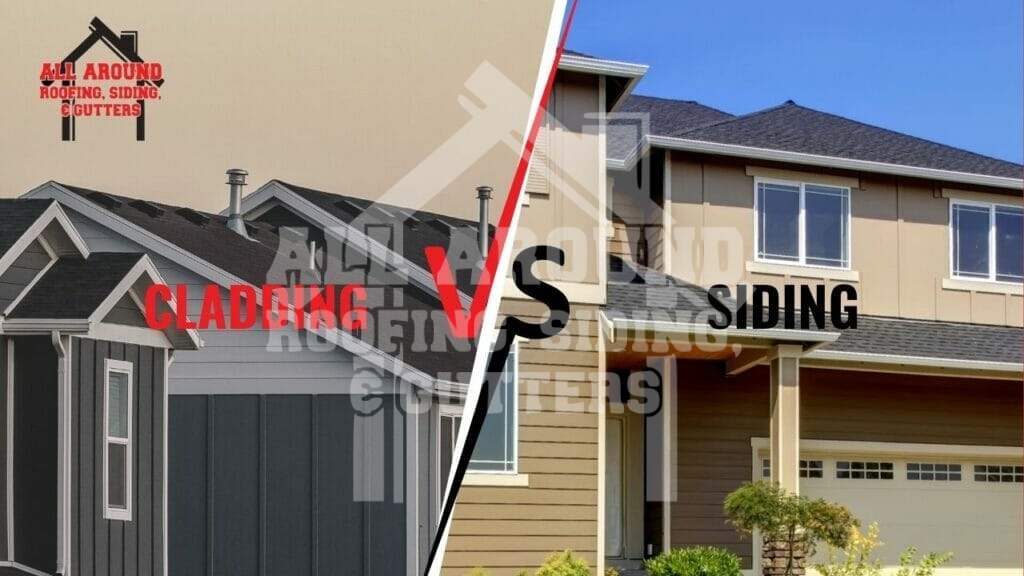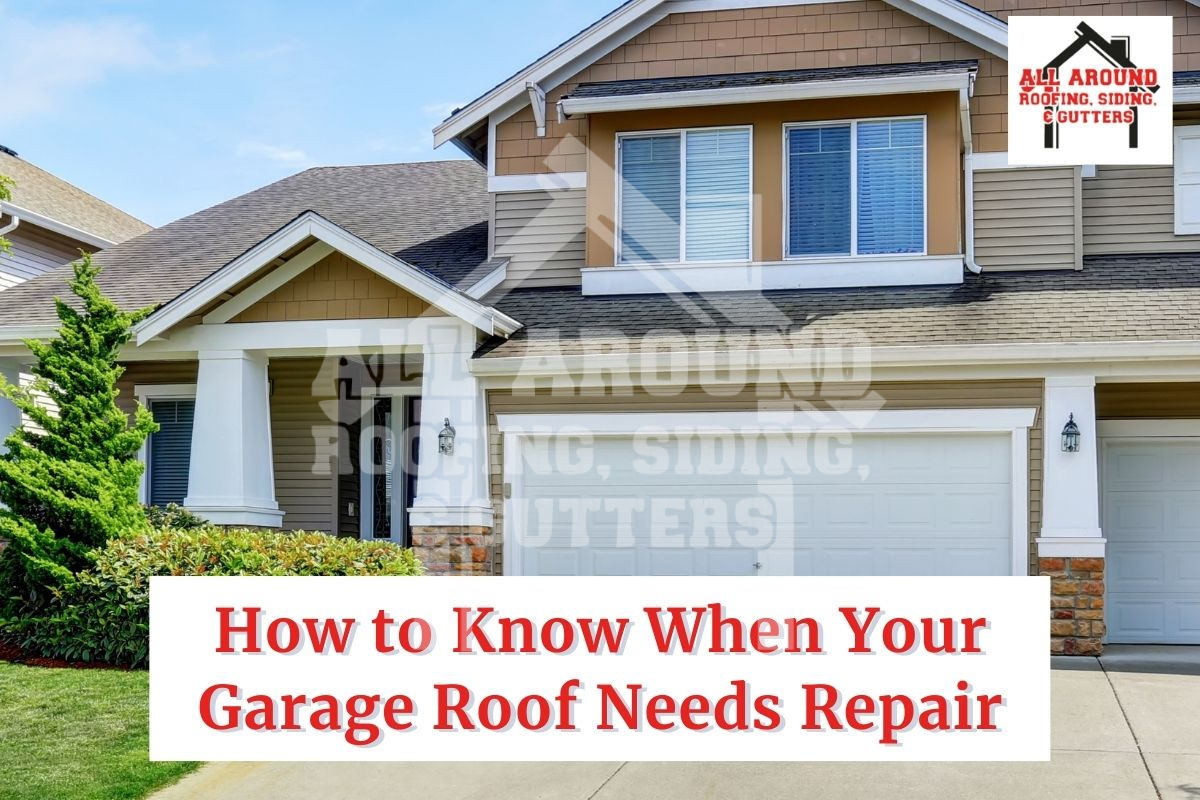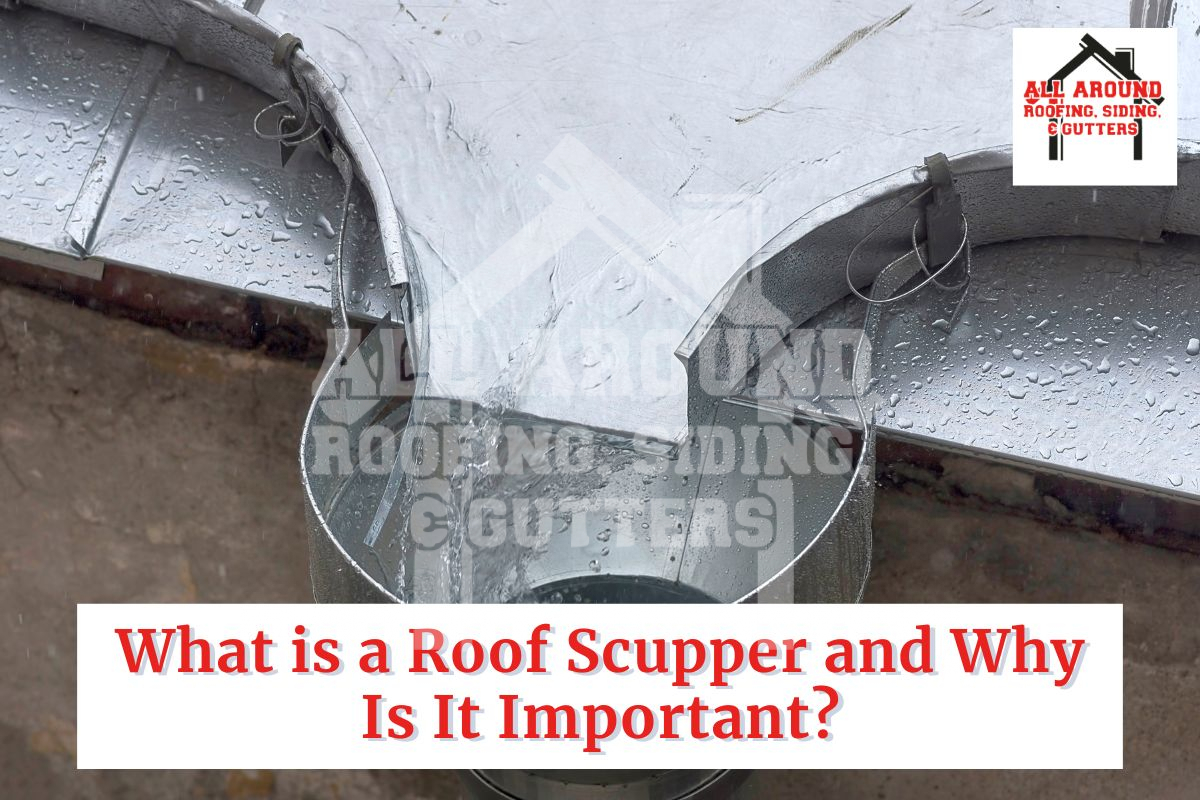A home’s exterior makes a massive impression on anyone who sees it. Exterior cladding and siding serve as an extension to your home, offering extra protection from the elements, reflecting your taste and style to all passersby, and increasing property value. So when you need to replace your cladding or siding, knowing which material to choose is more than just about aesthetics.
What Should You Choose For Your Home’s Exterior?
When people hear the word cladding, they usually tend to think about siding. As a result, many believe that siding is the same as cladding when in reality, there are many differences between the two. Because it is applied on the outside of the walls like bricks and boards, siding is also referred to as cladding. What do you think about this? Are they really that different?
We’re here to break it down for you. Cladding and siding each have unique characteristics. You must understand the difference to build a solid home for protection from the elements.
Direct VS. Indirect Application
Siding is applied directly to a wall, while cladding is used to the exterior of an insulated wall assembly. Cladding can be furred out from the exterior sheathing, creating a drainage plane and water-resistive barrier (WRB). The space between the cladding and the WRB allows rain to drain and keep water from penetrating the wall sheathing.
You can also use cladding to enhance your home’s windows and roofing. Cladding may provide an extra layer of protection against severe weather, helping in keeping your home’s interior safe and dry. Cladding can also be a great aesthetic addition to any exterior space when used effectively.
Siding can be installed over insulation and plywood or OSB sheathing. It is the perfect way to protect your home from the elements. Siding improves your home’s appearance and curb appeal, and it can also save more vulnerable surfaces from extreme weather. There are different types of siding that one can use for the exterior of their home, including vinyl and PVC.

Use In Rainscreen Systems
While your siding may keep the elements at bay, cladding provides a drainage system that prevents moisture damage. The traditional cladding systems are exterior sheathing, WRB, ventilated drainage plane, and cladding. The air space between exterior sheathing and cladding provides a channel for ventilation and drainage; top-venting allows water vapor, exfiltration, and heat to exit upwards by convection; bottom-venting allows water condensate to escape downwards by gravity.
The Designing Of Cladding And Siding
When it comes to cladding and siding, design is king. Of course, the two-building exterior products come in different forms and are used for other purposes — but the fundamental differences are in how they’re used in the actual design process.
Cladding boards are bulky and tend to bow out when applied to the wall because of their thickness. However, cladding boards do not require much effort on the part of the designer during the design process — they are pretty convenient. Designers can also use them in more ways than a typical wood panel because they are flexible.
Unlike cladding, the siding of your home will stay intact in the event of a storm. In addition, sliding boards overlap since they are thin and slender, making them more resistant to wind gusts.

Durability
Cladding and siding boards are very similar — after all, they’re both made of wood. However, they differ in many ways — durability is one of the most important differences to keep in mind. Cladding boards are much thicker than sliding boards, making them perfect for creating exterior building surfaces. It’s common for cladding thickness to be between 0.9 and 1 inch, while the siding is typically thinner, measuring about 0.4 inches. Hence, they don’t have the same longevity.
Cons Of Cladding And Siding
Cladding and siding each have their pros and cons. That’s why it’s so vital to familiarize yourself with both options before you make a choice.
What Are The Cons Of Cladding?
Cladding has its perks, but it also has drawbacks.
The cost of cladding is high. You can expect to pay a few thousand dollars, depending on the size and complexity of your home. The cost of this service is determined by a number of factors, including the material you select (for example, wood siding), the architecture of your home, and the overall complexity of your project.
Many professional cladding contractors choose wood siding — it’s gorgeous and has a natural look that’s easy to care for. But the problem is, it’s flammable! Every inflammable product poses a risk to your home and everything that it holds, including you and your loved ones.
What Are The Cons Of Siding?
Siding is one of the essential elements of a home. It protects you from the weather and supports your home. Unfortunately, although siding has continued to improve over time, it still experiences cracking and damage. When your siding begins to crack, it can lead to moisture getting into your home and causing water damage, which is why you must get any cracks or damages taken care of right away.
How Do You Know If Your Home’s Siding Needs To Be Replaced?
If your home’s exterior walls show any of the following signs, it’s time to look into replacing your home’s sidings:
- Cracks on the surface of the siding
- Discoloration
- Mold is growing on your house’s side.
- Paint That Is Bubbling
- Paneling that is sagging
- Stains caused by water
- The siding on your home is decaying or peeling.
- Tiny craters
Why Should You Put Siding On Your House?
Siding is the most important exterior feature of your home, protecting it from water damage and helping to keep the elements out. It’s also the first thing people notice when they come to see your home, so it needs to be strong and appealing. But siding does more than just protect rooms from the elements.
Add Color and Value to Your Home
When it comes to home improvement, most homeowners and homeowners’ associations tend to focus on the practical aspects of a project: the kitchen, the bathroom, and the boiler. However, one of the most overlooked parts is usually aesthetics. With the help of professional siding contractors like All Around Roofing, Siding & Gutters in Dayton, OH, you can add color and value to your home while increasing its appeal to potential buyers.
Lowering Cost Of Maintenance
Installing siding will lower your bills and make your house last longer. Siding makes the house last longer through cavity protection, preventing water from penetrating the walls, so you spend less money on repairs over time. In addition, cavities are sealed during the installation process, reducing outside noise pollution and keeping the house warm in winter and cool in summer.
Mending Integral Structural Damage
Protect your property from the elements with long-lasting siding that resists high winds and water damage. As your siding ages, you can tell: with wavy and peeling paint, cracking or flaking paint, mold inside the window frames, and water pooling in your window sills. Weather can also cause wear and tear on siding — strong winds could be a concern for some homes if the siding isn’t suitably resilient.
What Is The Best Siding Available In the Market Today?
A wide variety of siding options is available in the market. They are made of different materials, textures, and colors on the outside. To pick the ideal one, you should be aware of things that differentiate one type from another — including its material, durability, color, texture, and price. Some types of siding include steel & aluminum, fiber cement & composite, vinyl, wood, stone and brick, stucco, and more. However, we believe vinyl siding continues to be the best option.
Vinyl siding has been around for a while — and is still a popular choice — because it’s completely waterproof and generally is more durable than other siding styles. It also comes in an array of colors, so you can customize your home’s exterior to fit your preferences.
Final Thoughts On Cladding And Siding
Some walls you live with for the rest of your life — if you invest in a cladding or siding product, it’s essential to make sure you find the best quality product available. Do your research and consult an expert before deciding on a cladding or siding solution. They’ll be able to help you find what will work best for your home. Moreover, you can also learn more about stucco and siding in our blog. We have explored how both options stack up again each other.
At All Around Roofing, Siding & Gutters, we’re leaders in the Dayton region regarding siding expertise. We’ve been providing the best service to residential and commercial clients throughout Ohio since 2011. We’ve built our reputation on excellent workmanship, quality products, and superb customer service — all at competitive rates throughout this time. As a result, you can trust us to help you decide between cladding and siding.





